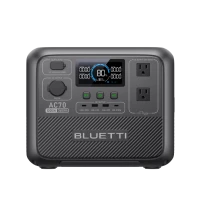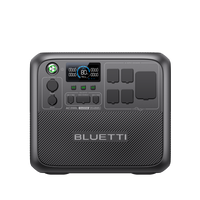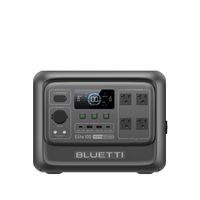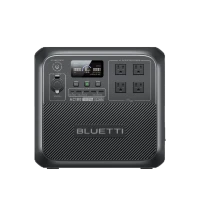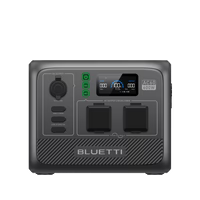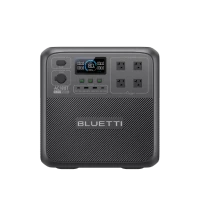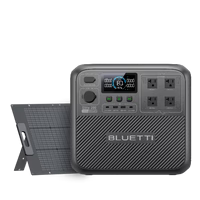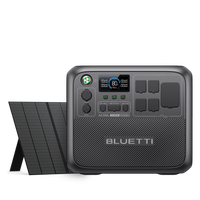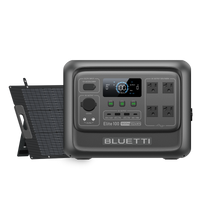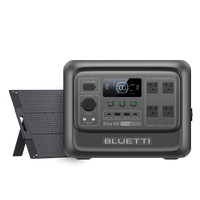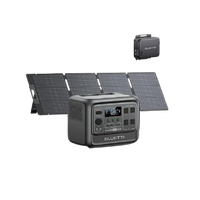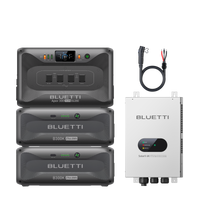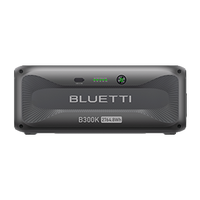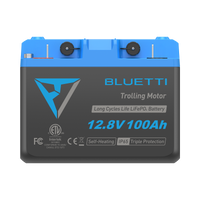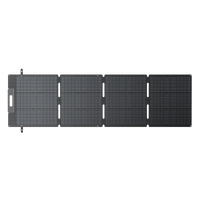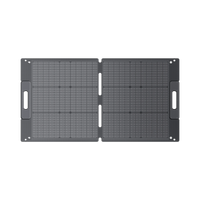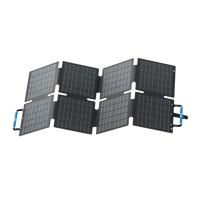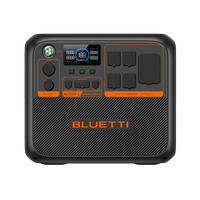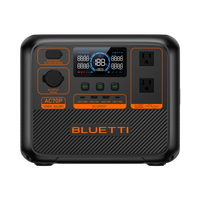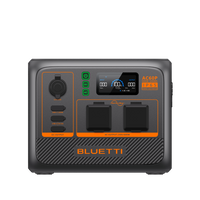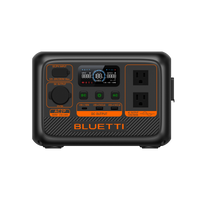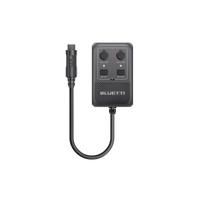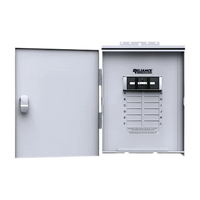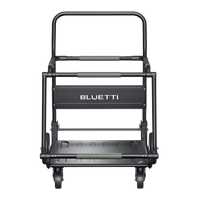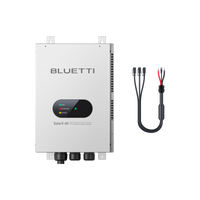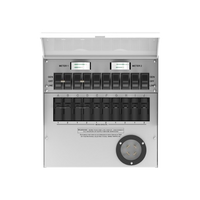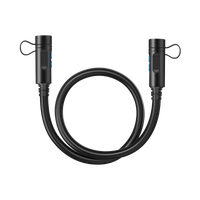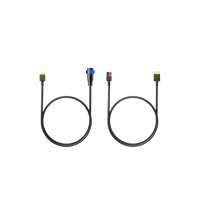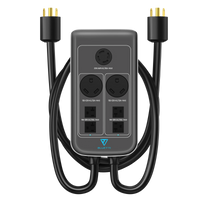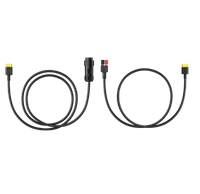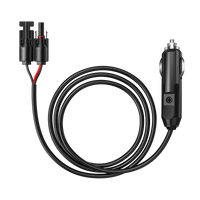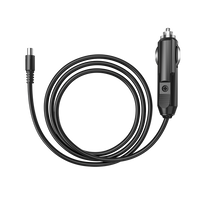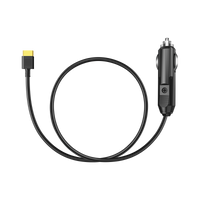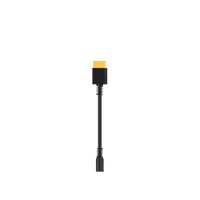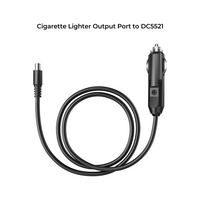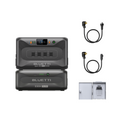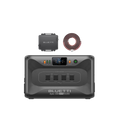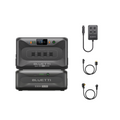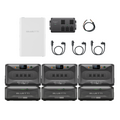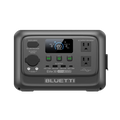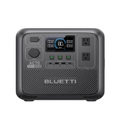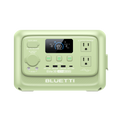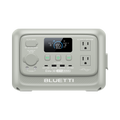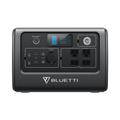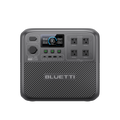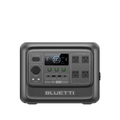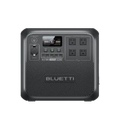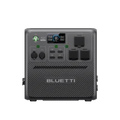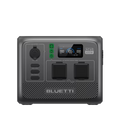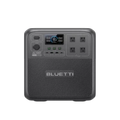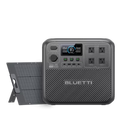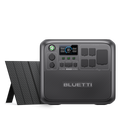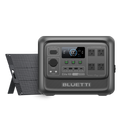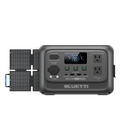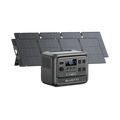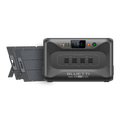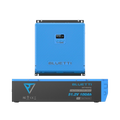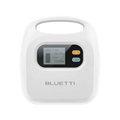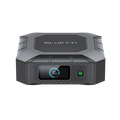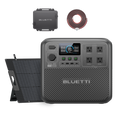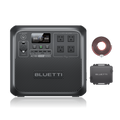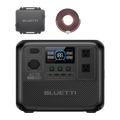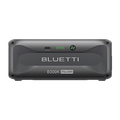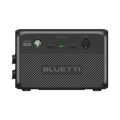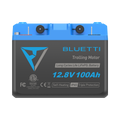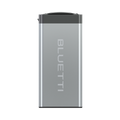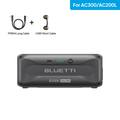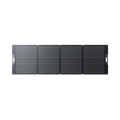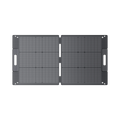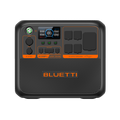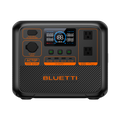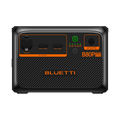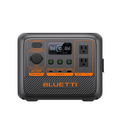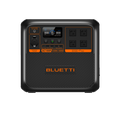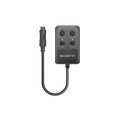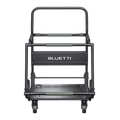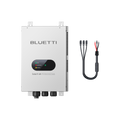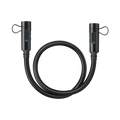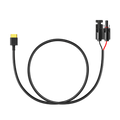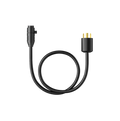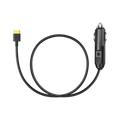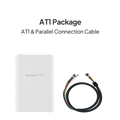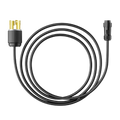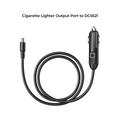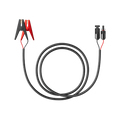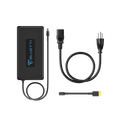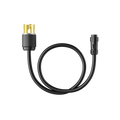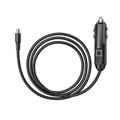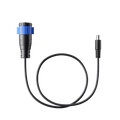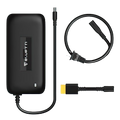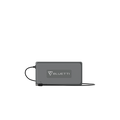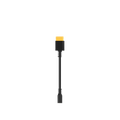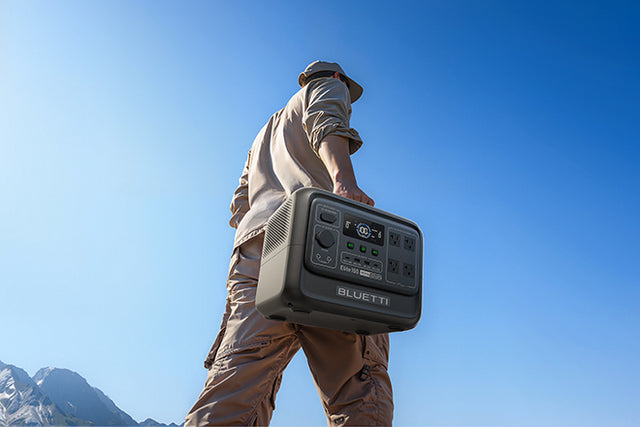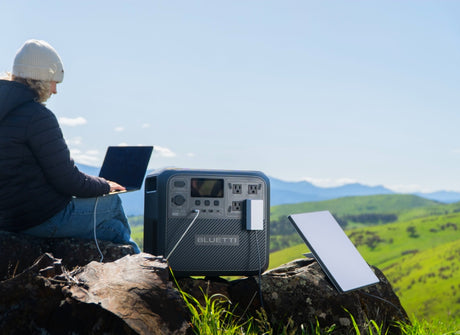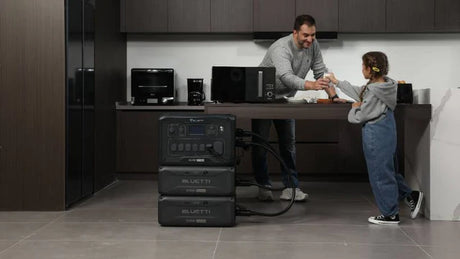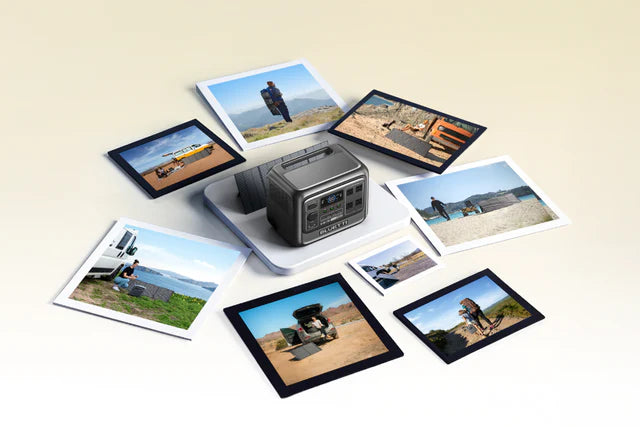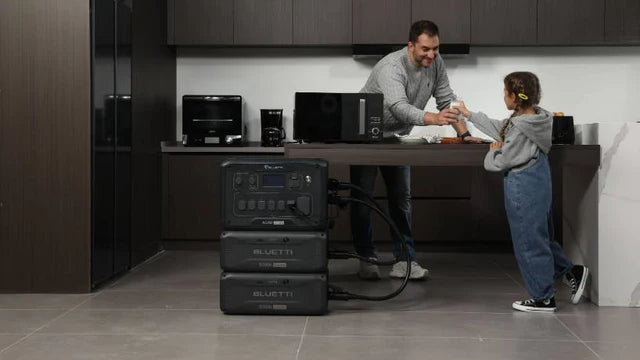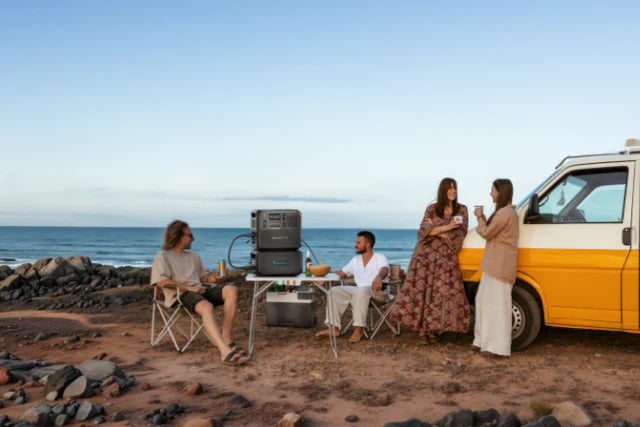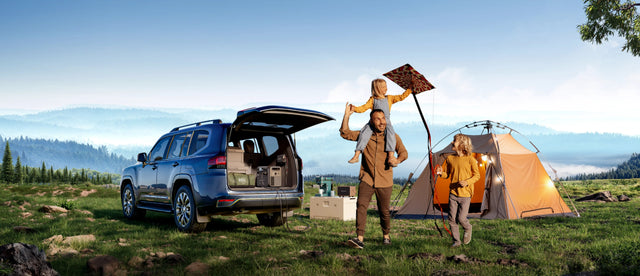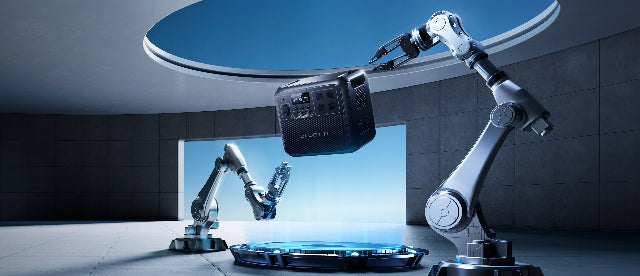If you’ve ever been curious to know how many watts does a coffee maker use, they have power requirements that range widely depending on type, size and frequency of use. Knowing this wattage, you can estimate your electric usage and can even prepare for off-grid or portable power systems. This guide delves deep into the power basics of coffee machines, details specific wattages by type and covers cost and practical tips for use with a straightforward reliance on clear facts to help you keep your coffee routine efficient.
Coffee Maker Power Basics

To be able to respond how many watts does a coffee maker use, you need to be aware of what wattage means before it becomes meaningful for these apparatuses. Wattage is a measurement of how much electricity the machine uses. Various models have heating elements, pumps or grinders that need different levels of power.
Like many coffee machines, the coffee maker can also run its life in phases. The maximum power draw occurs when the water is heated and coffee is being brewed. After you make your coffee, the machine may go into a lower power mode to keep your coffee warm or, sometimes apply standby power for things like displays and timers.
Average Wattage of a Coffee Maker
An average coffee machine uses 550 to 1500W. But you will also get different weights depending what type of coffee maker you are using. Smaller drip models can hover on the lower end at 550 to 900 watts, while larger units and single-serve pod machines can bump the wattage past 1,500.
This is a wide wattage range that includes both basic drip brewers and expensive espresso machines. Automatic espresso machines with pressure and steam use on average 1000-1500 watts of power.
Key consumption phases
Your coffee machine’s energy use occurs primarily in three phases: brewing, keeping warm and standing by.
Brewing: This is when the most power is required, because the water is heated quickly to a desired brewing temperature. The wattage could potentially go up to 1500 watts or even beyond it for a very short period.
Warming: After brewing, most machines reduce their power utilization and simply use a warming plate or an internal element to keep your coffee hot after it’s been brewed. This consumes around 50 to 400 watts per model and length of time.
Standby: When off but plugged in, some coffee makers maintain electronic activity that draws trickle power of around 1 to 5 watts.
Grind integration (Built-in vs. separate)
Plenty of people miss it, but whether or not the grinder is built-in to your coffee maker will greatly impact the total energy footprint. A grinder inside the machine also requires additional watts when grinding. Built-in grinders, like dedicated electric grinders (whether or not you are using them independently), consume somewhere in the range of 150 to 300 watts when running. Those of you with a killer grinder who are optimizing for coffee-brewing workflow, take this stat into account when calculating total in-home power consumption.
Type-Specific Details

Going into details of how many watts does a coffee maker use would be considering an individual item and its specifics, such as type or features. Wattage values differ, frequently depending on the brewing style and complexity of the machine.
Drip coffee makers are still the workhorse of most households, but single-serve pod models and espresso machines also have hefty electricity consumption for more specific needs.
Wattage for drip, pod, espresso
Here’s are common types of coffee makers and their wattage ranges:
|
Maker Type |
Wattage Range |
Brew Time |
Energy per Cup |
Pros/Cons |
|
Drip Coffee Maker |
550 - 1200 W |
5 - 10 minutes |
Moderate |
Cheap, easy, slow brew. |
|
Single-Serve (Keurig, Nespresso) |
900 - 1500 W |
1 - 3 minutes |
Short burst, energy spike |
Fast, easy but pods can get pricey |
|
Espresso Machine |
1050 - 1500 W |
1 - 5 minutes |
High peak power |
Barista-quality coffee, high energy use |
|
French Press (manual) |
0 W (no built-in) |
NA |
Depends on kettle |
No electricity required, Manual control of the coffee. |
|
Percolator |
800 - 1200 W |
5-10 minutes |
Moderate |
Basic, camping friendly, but power hungry |
|
Commercial Machines |
1500 - 2500 W |
Variable |
High |
Heavy-duty use, high energy |
This table is a visualisation for power requirements of different coffee maker types and an indication of energy needs for brewing speed. Wattage Numbers, usually available from the manual or on the device, are useful when budgeting for power usage.
Size and feature impacts
Coffee makers with big water boilers or more cups do take a lot of power. A 12 cup drip brew maker will absorb around 900 to 1200 watts while the smaller type that makes just four cups consumes 600 to 800 watts. Extras like built-in grinders, programmable timers and keeping-warm plates all bump up more power but make life easier. Smart tech-enabled models might draw a few watts even when not brewing, for network connectivity, timers and displays.
Water quality effects
Your coffee maker's power efficiency is also subtly affected by the water quality. Hard water creates mineral buildup on the heating element, which can decrease its efficiency and force the machine to work harder. The use of a water filter will keep scale from building up and wattage efficiency at the desired level. When your water is clean, your coffee maker will heat up quicker and save energy.
Expense Breakdowns

You know how many watts does a coffee maker use, but what does this translate to in terms of your electricity bill? Let’s break down the cost consideration in terms of average wattage, use duration, and electricity rates.
Hourly and per-brew costs
Assuming Canadians pay an average of 13 cents per kWh, this would be an easy calculation to make. For instance, a coffee maker that runs on 1500 watts of electricity when used for 5 minutes (or roughly 083 hours) consumes:
1.5kW × 0.083 hours = 0.125 kWh
The cost per brew would be:
0.125kWh x $0.13=$0.016
So, brewing coffee for 5 minutes on a 1500-watt machine costs about 1.6 cents per brew. Smaller machines with 600 watts or fewer can make each brew for even less.
Annual projections
If you make coffee twice a day, that’s 730 brews per year. Multiply this number by the cost per brew:
$ 0.016 x 730 = $11.68 $
Your costs for electricity to brew coffee, on a 1500-watt machine at least one year come in at $12 CAD.
Subscription models
If you tend to use single-serve pod machines like Keurig or Nespresso, keep in mind that your budget will also have to account for the cost of pod subscription as well as energy use. Pods generally runs between $0.50 a piece to $1.50 depending on brand and whether you’ve got subscription deals. Although the question of how many watts does a coffee maker use only adds up on your electricity bill modestly, pod costs can easily cause you to spend more on coffee than you’d like.
Portable and Backup Use
It is not uncommon for people to desire brewing coffee off the grid, while camping or when using an RV where space and power are limited, but how many watts does a coffee maker use when run off of portable power?
Generator/solar runtimes
Most coffee makers require you to have a power inverter or generator that’s capable of exceeding its start-up wattage requirements (around 1500 watts and more). Solar generators averaging 2000 watts are designed to handle a coffee maker’s spike and constant power requirements without triggering overload protection. That being said, making coffee in the middle of nowhere is viable.
Off-grid adaptations
If you prefer not to drain your power supply, off-grid coffee lovers can opt for a lower-wattage or single-cup machine that will save battery life. The type of inverter selected also makes a difference with a pure sine-wave inverter recommended. The most reliable options are power stations compatible with inverters.
BLUETTI Elite 100 V2

The BLUETTI Elite 100 V2 power station easily handles normal 1,000–1,500 W brew spikes while still providing headroom for the inverter. And with 1,800 W of continuous output (3,600 W peak), as well as a 1,024 Wh capacity, you can power drip or pod coffee machines for hours and then swap over to a kettle or grinder. The LiFePO₄ pack (4,000+ cycles) provides stable performance over the years and the ≤10 ms UPS keeps routers and lights on while you enjoy brewing your coffee. BLUETTI Elite 100 V2’s rapid charging of 80% in as little as 45 minutes (AC) or full charge under ~70 minutes (1,000 W solar) will have you ready for the next brew. Supporting app control, a 30 dB noise level and 11 ports (4 x 120 V AC, high-watt USB-C), it gives you practical, low-hassle convenience to support efficient coffee routines.
Travel tips
If you're often on the road in an RV or camper van and need coffee while traveling, portable low wattage coffee makers are a necessity. This trend is generally powered by models with 400-600 watts powering ability that are power-saving and deliver awesome portability ratings for the customer who has choice of balanced performance output and power usage.
BLUETTI Apex 300

For cabins, RVs or homes requiring much more than a morning cup of coffee to get the day started, the BLUETTI Apex 300 power station provides up to 3,840 W of continuous output with an impressive 7,680 W Power Lifting potential and dual 120/240 V power outlets alongside a base battery capacity of 2,764.8 Wh that scales up to ~58 kWh at maximum expansion. It is perfect for coffee makers sharing circuits with fridges, pumps and EV charging. This overhead also matches up with the inverter headspace, and future-proofs your setup for larger appliances or longer outages. With 6,000+ LiFePO₄ Cycles, a powerful AC output and system add-ons (smart plugs, distribution box, home kit), the BLUETTI Apex 300 is great for reliable coffee brewing.
Reduction Strategies
Now that you have learned how many watts does a coffee maker use, and the load it creates on electricity, There are ways to cut back on power usage without compromising the quality of your coffee.
Efficiency hacks and manual methods
Easy hacks, like brewing exactly as much coffee as is wanted, shutting down warming plates quickly and unplugging the machine when not in service, can mitigate some of the wasted energy. Manual methods like French press or pour-over minimize the use of electricity during brewing, relegating energy use exclusively to boiling water.
Smart upgrades
Most of today's coffee makers offer energy-saving timers and automatic shut-off switches, as well as eco modes that minimize power use when your pot isn't brewing. A very useful way to reduce the standby power drain and waste of electricity is by buying a Smart Coffee Maker with such features.
Health trade-offs
Coincidentally, faster brewing and higher wattage machines actually retain flavor and aroma compounds in the coffee. Slower, low-wattage brewing can be an energy saver but risks being stale or weird-tasting as well. When weighing energy savings against the way coffee tastes, it’s a matter of what you like to taste most in your cup.
FAQs
How many watts does a coffee maker use?
The average coffee machine needs 550 to 1500 watts, depending on size and type.
How many watts of electricity does it take to brew a cup of coffee?
Brewing one cup in a 1500-watt machine for 5 minutes consumes approximately 0.125 kWh of electricity, which will cost around 1.6 cents.
Do coffee machines use electricity when not in use?
Yes, some models rely on 1 to 5 watts in standby mode to run clocks and timers.
How much does it increase power usage to have a built in grinder?
Integral grinding adds 150 to 300 watts per hour of use during the grinder running period, increasing overall energy consumption.
Is it safe to run my coffee maker off a solar generator?
Yes, but your generator or inverter must be capable of output that exceeds the peak wattage, generally 1500 watts or higher for a good brewing.







